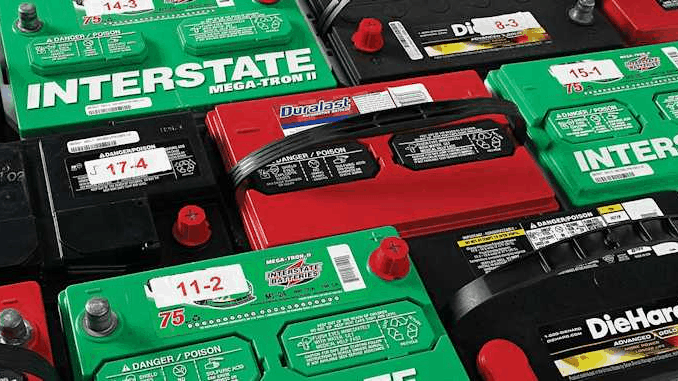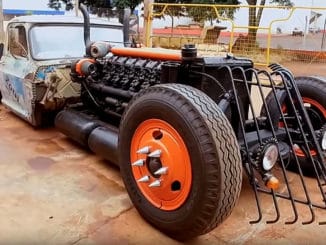
All batteries are not created equal; different vehicles need different batteries.
There are two common types of batteries in use today, the lead acid kind and the deep cycle kind. What is exactly is their difference, and what are they used for?
Lead Acid Batteries
A lead acid battery uses the effects of a chemical reaction from lead, lead oxide, and sulfuric acid electrolyte to produce a volt.
The reverse of this operation is used to recharge the battery when it is not in use.
Here’s how. Lead-acid batteries are made up of plates of lead and lead oxide that sit in a bath of electrolyte solution. This solution consists of 35% sulfuric acid and 65% water and causes a chemical reaction that releases electrons. These electrons stream through conductors in the battery to generate electricity.
As the battery discharges, the electrolyte acid reacts with the lead and lead oxide plates, transforming their chemical makeup into lead sulfate. When the battery recharges, this reaction is reversed; lead sulfate reverts back into lead and lead oxide.
Once the plates revert to their original configuration, the process is ready to go again. This type of energy is used to provide a very large amount of current for a short period of time, such as when you are cranking your car in the morning to start it, and is most often found in vehicles such as cars.
Deep Cycle Batteries
A deep cycle battery uses the exact same process as a lead-acid battery, except the plates are made up of thicker, solid lead instead of the thin lead and lead oxide combination.
This provides less surface area, which does not provide as much instant power like lead-acid batteries require. Deep cycle batteries are designed to use at least 80% of their capacity each and every time they are used, providing continuous power such as that required for longer spans of time, such as for use in a trolling motor of a small boat.
The long and short is this: both types of batteries use the same process to produce voltage. Lead-acid batteries provide intense, short bursts of voltage used in cars, and deep cycle batteries provide slower continuous voltage for larger vehicles such as trolling boat motors.




